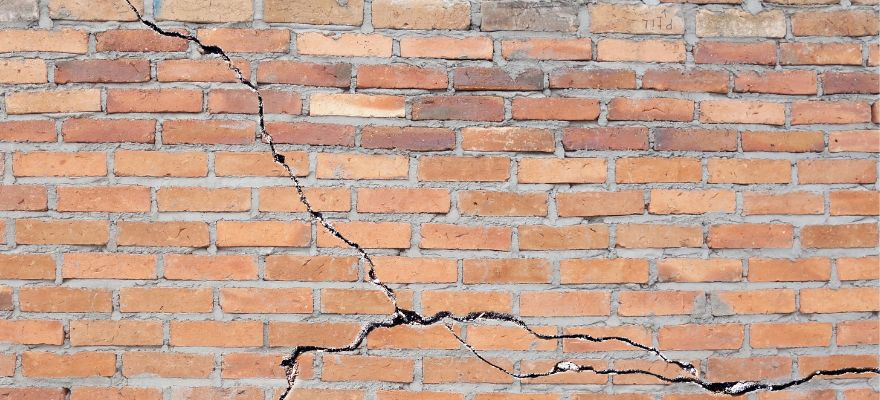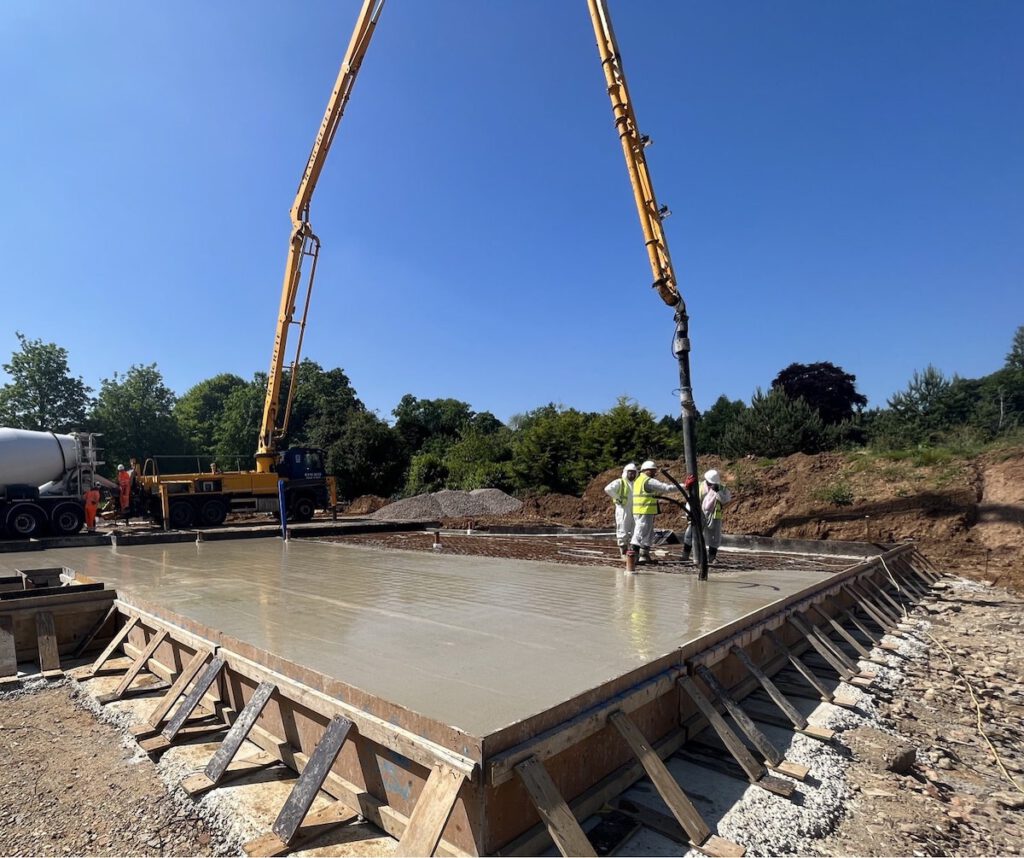What Are Expansive Soils?
Expansive soils are ground conditions that change in volume and stability due to fluctuations in moisture levels. These soils expand when wet and shrink when dry, causing movement that can lead to foundation failure, cracks in buildings, and long-term structural issues. This phenomenon is primarily caused by the soil’s high clay content, which absorbs and retains water, leading to significant expansion and contraction cycles.

Where Are Expansive Soils Found in the UK?
Expansive soils are commonly found in several regions across the UK, particularly where clay-rich deposits dominate. The most affected areas include:
- London Clay—It covers much of London, Essex, and the South East. It is highly shrinkable, leading to foundation movement.
- Oxford Clay – Found in the Midlands and southern England, it is known for its water-retaining properties.
- Gault Clay—It spans Cambridgeshire, Bedfordshire, and parts of Kent and is notorious for its instability when wet.
- Mercia Mudstone—Found in the West Midlands, Gloucestershire, and parts of Wales, it poses challenges due to its swelling and shrinking tendencies.
- Boulder Clay & Glacial Till—This type of ground is present in parts of East Anglia, Yorkshire, and Lancashire. It often contains variable ground conditions that can shift unpredictably.
Why Traditional Foundations Struggle on Clay and Mudstone
Standard shallow foundations, such as strip or trench footings, rely on the soil directly beneath them for support. When the ground expands or contracts, the foundations move with it, causing:
- Cracking in walls and floors due to differential movement.
- Uneven settlement leading to tilting or sinking structures.
- Structural damage over time, resulting in costly repairs and reduced building lifespan.

The Best Foundation Solutions for Expansive Soils
Engineers turn to foundation solutions that bypass unstable ground layers and transfer loads to more stable strata to mitigate the risks associated with expansive soils.
Shallow foundations can be deepened to extend below the expansive zone and bear on more competent ground at greater depth. This quickly increases the cost of this otherwise simple solution.
Piled foundations involve driving or drilling columns (piles) into the ground until they reach stable, non-reactive soil or bedrock. They bypass expansive layers to prevent foundation movement and minimise soil-related shifting by anchoring into firm ground.
Rafts can be combined with piles to create a more cost-effective solution than piling alone. They work by placing a reinforced concrete slab over the building footprint to distribute the building’s weight more efficiently to the piles.
Choosing the Right Foundation for Clay and Mudstone
The best foundation type depends on the severity and depth of the zone of potential soil movement, building load, and site-specific conditions.
Where expansive soils pose a significant challenge to a project site, piled raft foundations often provide the most efficient and flexible solution. These can be combined with other elements such as voidformers to develop a comprehensive strategy for dealing with the issues. Check out our project at the Meadows which dealt with clay in the ground.

Conclusion: Build with Confidence on Expansive Ground
Expansive soils pose significant challenges, but buildings can remain stable, secure, and long-lasting with the right foundation approach. Speedeck’s innovative foundation solutions, including advanced piling techniques and expert geotechnical assessments, ensure your project is built on solid ground—no matter the conditions.
If you’re dealing with challenging soil conditions, get in touch with us today to discuss the best foundation solution for your site!





